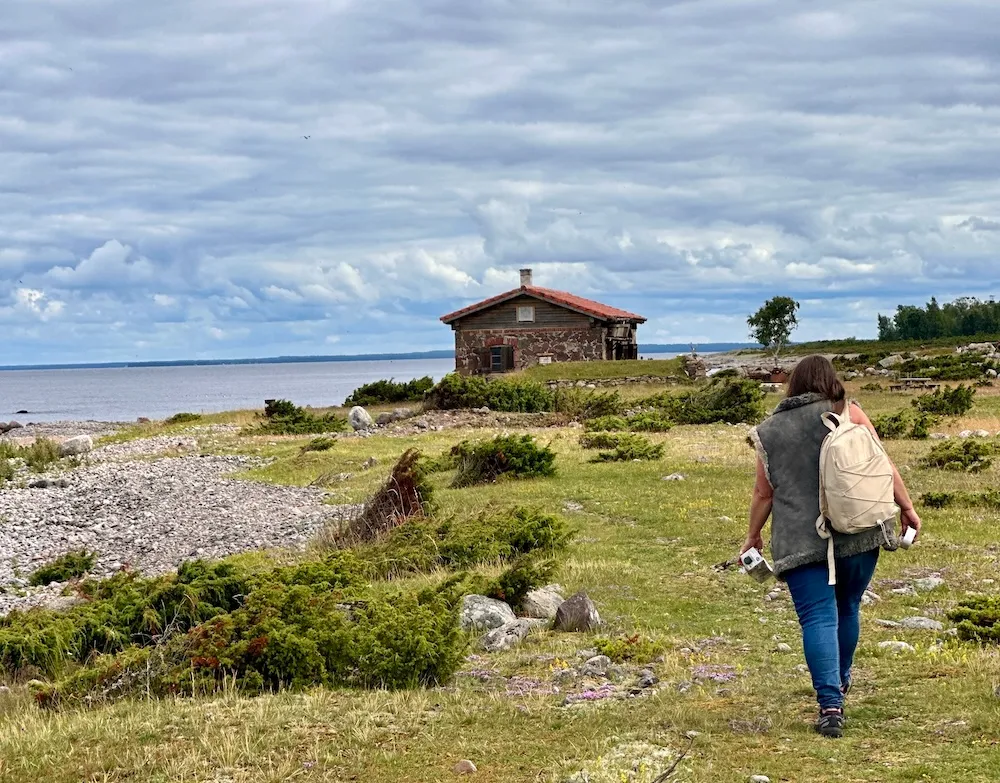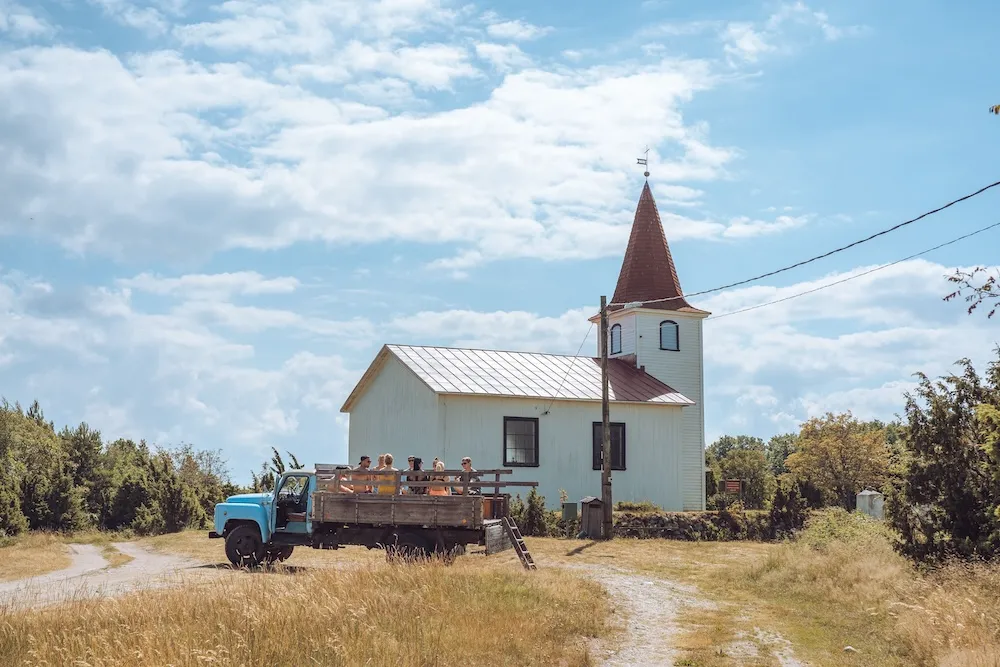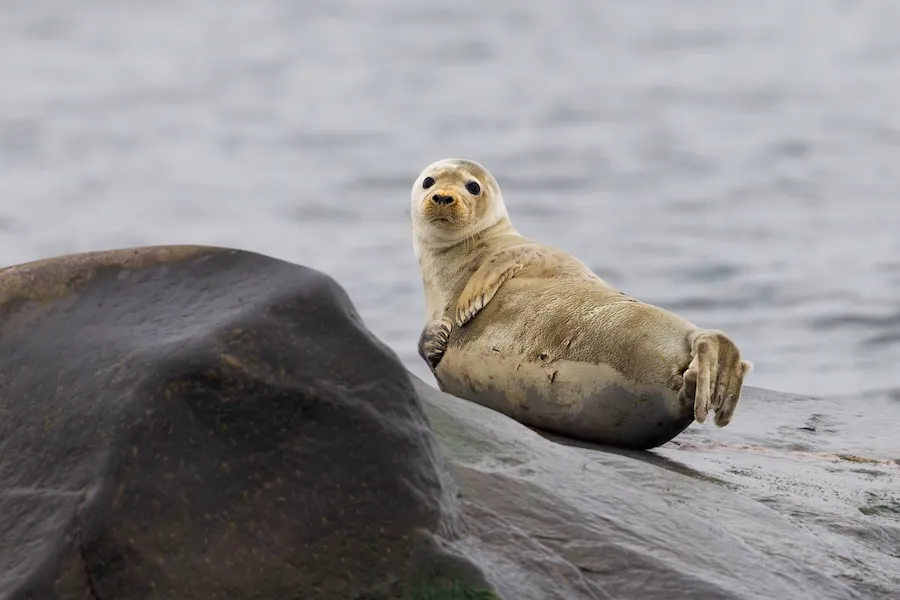10 Interesting Facts about Aksi island
Avaldatud: 14. March 2025
Aksi is a small island just off the coast of Prangli, measuring about 2.3 km in length and 500 meters in width. It is covered in meadows, juniper groves, stony beaches, and the ruins of former homes. Thanks to a local photographer who once lived there, much of the island’s vibrant history has been documented in photographs. During summer, we organize both regular and private group trips to Aksi Island.
1. Aksi’s first settlers were sent there from Prangli in the 18th century.
According to local legend, the first men sent from Prangli to Aksi in the early 1700s couldn’t manage the harsh island life and soon returned to the larger neighboring island. Permanent settlement began in 1797 when Aabram, who had come to work at Mardi farm on Prangli, married Mari. He rented Aksi Island from the Haljava manor lord and settled there. Aabram was a carpenter, blacksmith, fisherman, and farmer—and transforming the island into a livable space took a great deal of work. He built houses, drained fields and meadows, cleared stones, and constructed stone fences.
That same autumn, five large sailing ships were wrecked along Aksi’s shore. Their remains provided plenty of building materials. When surnames were formalized in Estonia, Aabram’s family took the name Aksberg, after the island. Aabram and Mari had three sons, though only one, Jüri, lived to adulthood. Jüri had three children, each of whom was given their own farm. One of Jüri’s children went on to have ten children of his own. The Aksberg family soon grew so large that they could no longer all live on Aksi. Some moved to the Viimsi Peninsula, others to coastal villages in Jõelähtme.
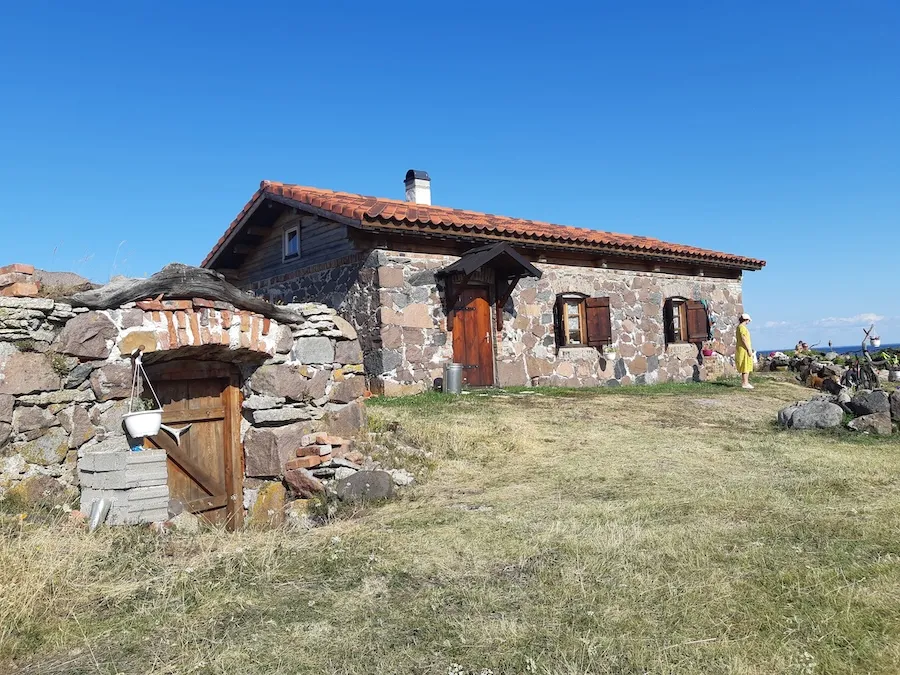
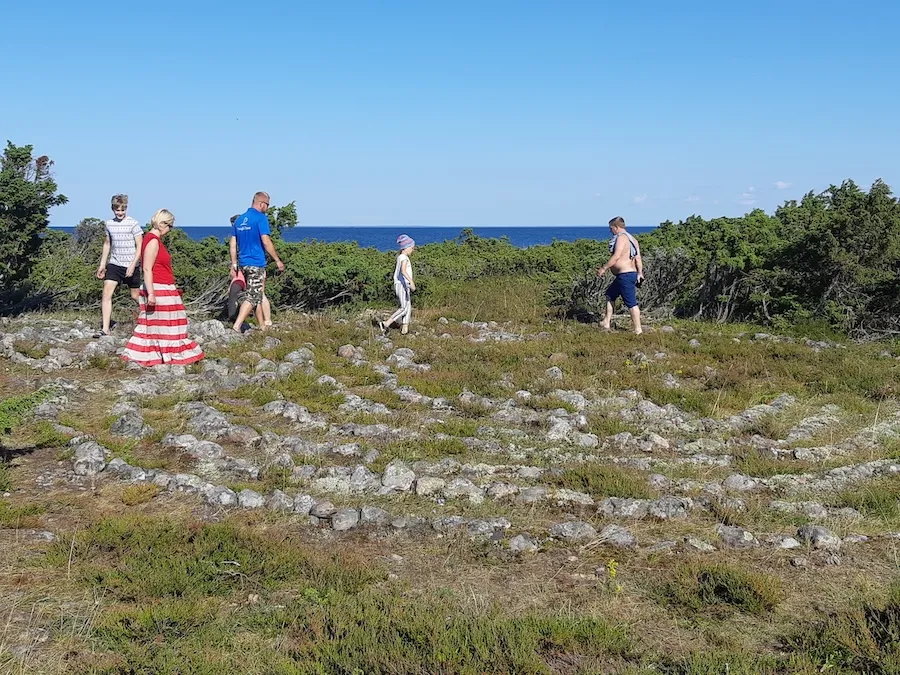
2. The people of Aksi were passionate music lovers.
The Aksberg family was known for its musical talent. On the island, both a brass band and a choir were active, and home organ playing was common. In addition to their many other skills, the Aksbergs also built musical instruments—mainly organs and harmoniums. Every household had an organ, some imported from the mainland, others made by hand on the island. In the 19th century, this was quite rare.
According to Aksberg family memoirs, a Swedish officer named David Wekman (or Weckmann), who once lived on Aksi, may have been the one who introduced and encouraged music-making. He played the organ himself and taught the local children how to play as well.
The family’s memoir also recounts how, in 1894, brothers Aleksander and Gustav Aksberg sailed to Finland on a cargo trip. During the journey, they entertained themselves with music—Gustav played the violin and Aleksander the harmonium. Suddenly, they heard strange snorting and whistling sounds. Investigating further, they discovered a group of seals following their boat, howling along with the music. When the music stopped, the seals quickly dove back into the sea. Thanks to this story, we now know that seals enjoy music—and that’s why we’ve made seal-watching trips in the Malusi Islands a yearly tradition.
3. Aksi’s most unique remaining feature is the stone labyrinth known as the “Türgilinn”
David Weckmann built a stone labyrinth on the island and marked it with his initials “D.W.” and the year 1849—still visible today. Little is known about him; there are no archival records or even information about where he is buried.
4. Aksi was home to two historical composers – brothers August and Oskar Luusmann
August was one of the most colorful characters on Aksi. He was a multi-talented individual who composed music and practiced photography, which he studied in Tallinn. Thanks to his photos, we know much more about life on Aksi, Prangli, and Naissaar. He often pondered philosophical questions and wrote down his thoughts. Though considered by some to suffer from mental illness, he still produced numerous writings and musical pieces. The Estonian Academy of Music and Theatre holds 61 of his music manuscripts and drafts.
His brother Oskar, also from Aksi, lived with his family in Tallinn, where he led a choir and taught organ. His compositions were more modest, and although there are references to choral and solo songs as well as organ and piano pieces, the works themselves have not been found.
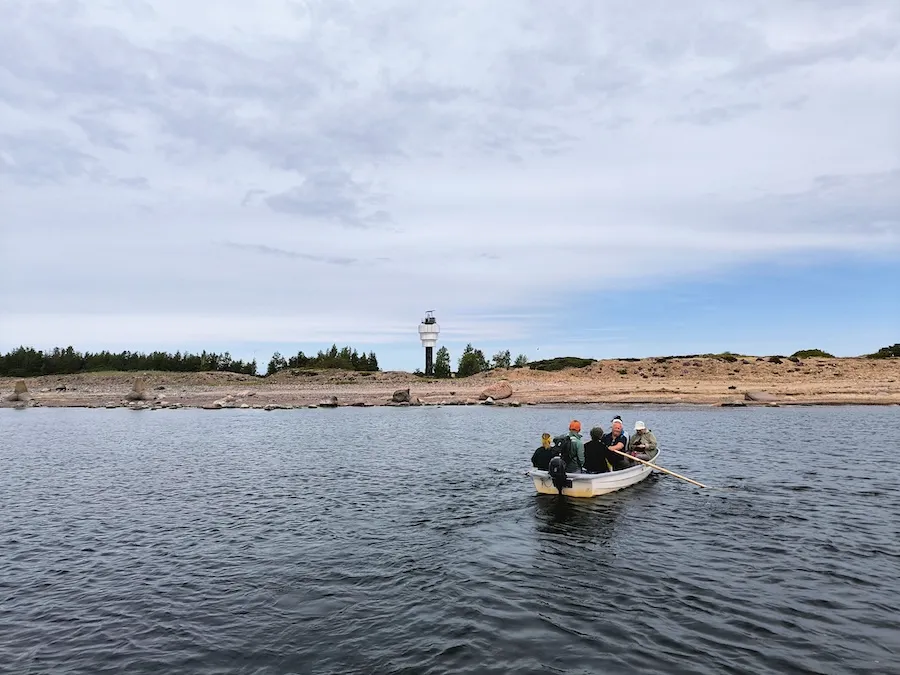
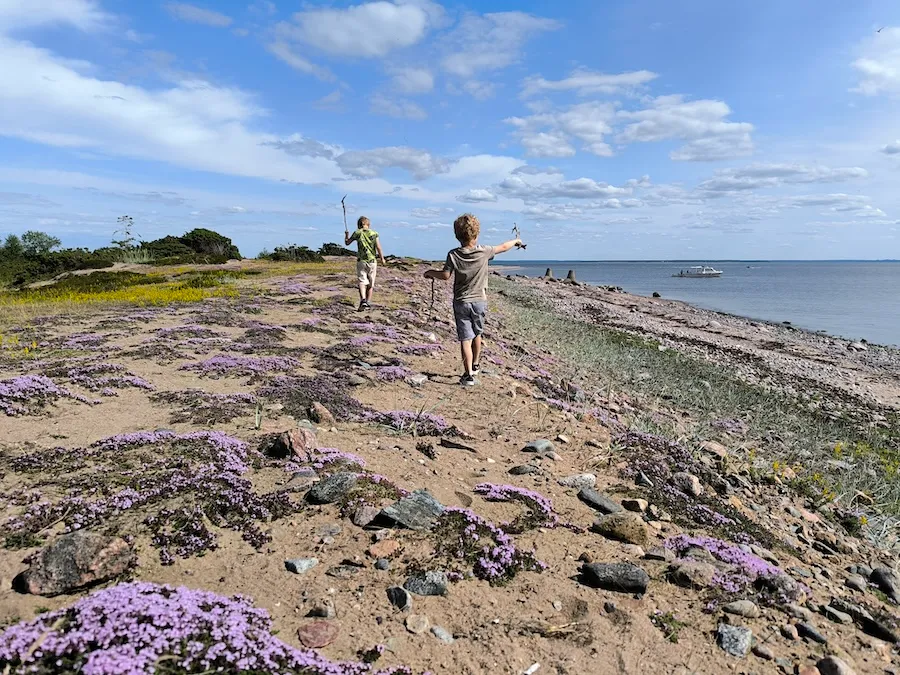
5. Aksi Island and its boatbuilders were renowned both locally and abroad.
Boats were essential to island life, and the Aksbergs of Aksi mastered the art of boatbuilding. The island’s first permanent resident, Aabram Aksberg, was a skilled boatbuilder who passed on his knowledge to his son Jüri. A century later, in the 20th century, Jüri’s grandson Aleksander Aksberg opened a boat workshop on the island. He began building a new style of boat that caught the attention of Finnish buyers—boats that were often traded for engines.
This led to the regular import of boat engines from Finland, and the first motorboat in Estonia was built right here on Aksi Island. This marked the beginning of motorboat construction on Aksi. If anyone had a problem with their boat or engine, they knew they could turn to Aksi for help.
The Aksbergs later contributed to boatbuilding in Sweden as well. In the 1970s, plastic boats built by Endel Aksberg became very popular there.
6. Aksi had around 10 inhabitants in the early 19th century, and 20 a century later.
After World War II, many Aksbergs emigrated to Sweden, and later to the United States or Canada. Mostly older generations remained on the island. In 1945, five households remained, with a total of 9 residents.
By 1952, border guards reported difficulties securing the maritime border, and a policy was enforced requiring the relocation of small island residents. Because it was winter and travel was difficult, the remaining residents were allowed to stay one more year. In 1953, Aksi’s permanent settlement officially came to an end.
An interesting fact: in 1952, the residents’ boats were confiscated, making it impossible for them to leave the island on their own. The border guards instructed them to light fires and send smoke signals if they were in distress, so that residents of Prangli would know to come help. The Aksi islanders later tried to appeal the forced relocation, but their efforts were unsuccessful. The last permanent residents left Aksi in 1953.
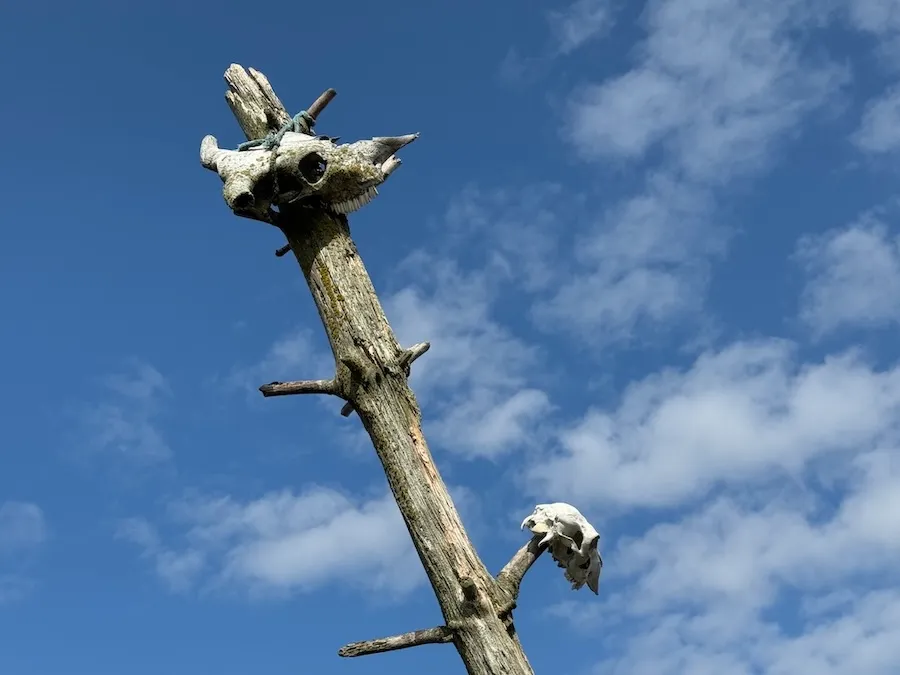
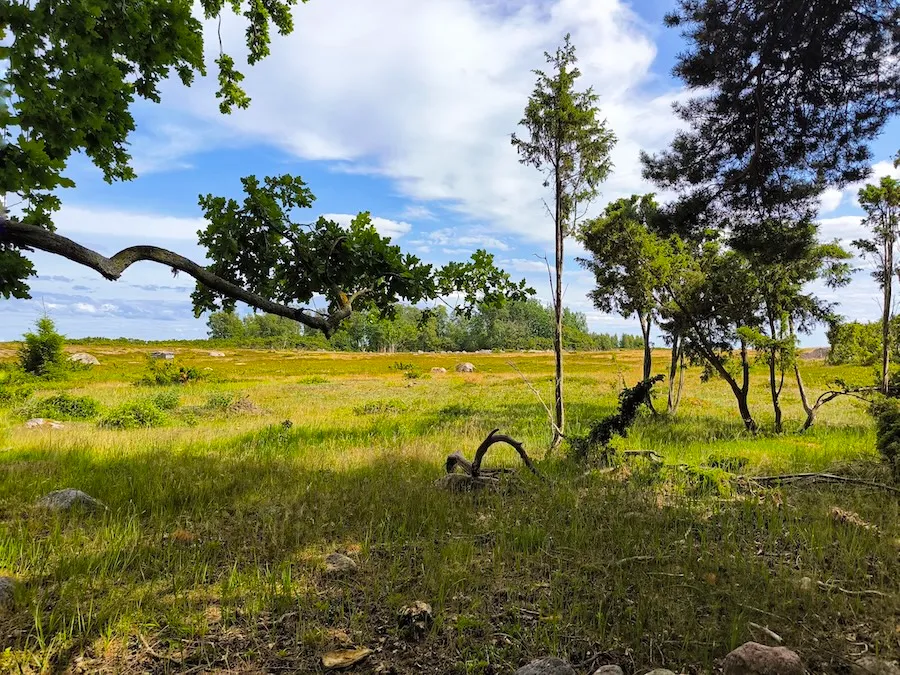
7. During the Crimean War, smuggling reached Aksi Island.
During the Crimean War, the British Navy blockaded the Baltic Sea to cut off trade routes to Russia. Warships anchored off Naissaar and prevented merchant ships from entering or leaving the Port of Tallinn. This quickly led to a shortage of goods in cities and coastal villages—salt was especially scarce. Many coastal residents began smuggling salt and other goods from Finland.
The people of Aksi earned their living by secretly transporting and hiding salt. One of the original salt caches used during that time still exists today, hidden beneath the ruins of the Aksberg family’s cellar.
8. Prangli and Aksi islands belonged to the Girard de Soucanton family from 1847.
Aksi, being small and remote, had only about half of its land suitable for farming and wasn’t very profitable for estate owners. In 1899, Edmund de Girard de Soucanton decided to divide and sell the land. The first of five farmsteads was sold in 1901, and the last one in 1920.
9. Aksi children studied on Prangli or were homeschooled.
While Aksi children occasionally attended school on Prangli, this wasn’t always possible due to weather or distance. As a result, home education was common. Interestingly, Aksi had a 6-grade homeschool system, compared to Prangli’s 4-grade school at the time. By the early 19th century, all Aksi residents could read and write. Children also joined Prangli and Rammu youth in theatre, choirs, and music groups.
10. Helmut Aksberg from Aksi Island returned home in 2013.
Helmut Aksberg is a direct descendant of Aabram, Aksi Island’s first permanent settler. In 1944, he fled the Soviet regime by motorboat to Finland and later to Sweden. In 2013, Annika, the director of Prangli Travel, re-established contact with the Aksberg family and visited Helmut in Stockholm to record his boatbuilding knowledge. Later that year, with the help of Prangli Travel, Helmut returned to visit both Prangli and Aksi for the first time in nearly 70 years.
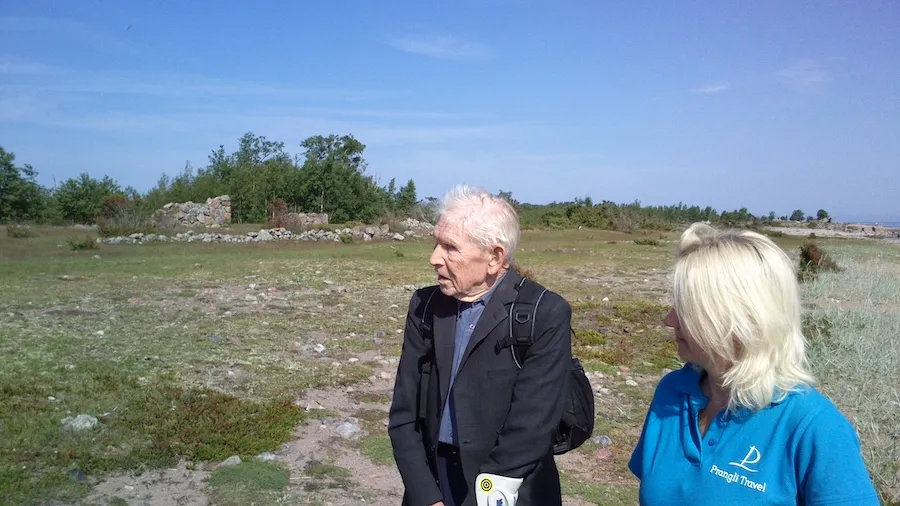
Come and discover Aksi Island!
Today, part of Aksi Island belongs to Jaanus, who keeps Highland cattle and sheep there to help maintain the landscape. Permanent living on the island is not allowed. If you’d like to see Aksi with your own eyes, hear fascinating stories and walk through the ancient stone labyrinth, join one of our summer nature trips!
Sources: Prangli Reisid guides, the book “Aksi – An Island Nation on the Edge of Tallinn”, aksi.ee

